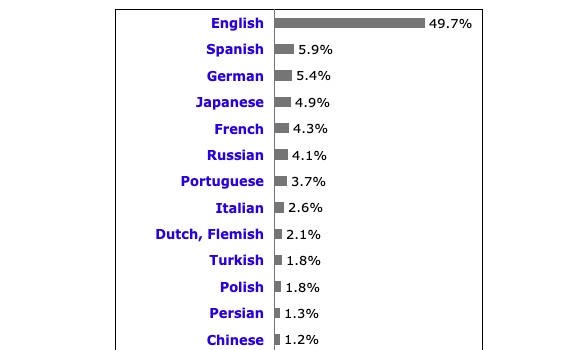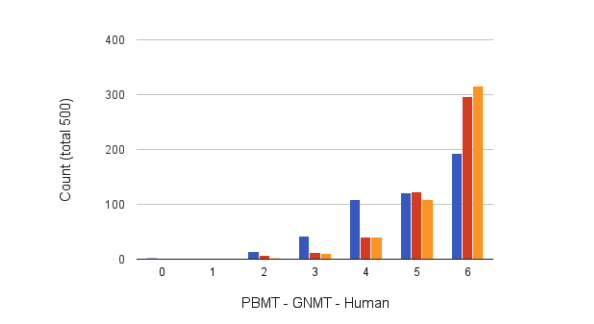Breaking Language Barriers: How AI Translation is Revolutionizing Global News Access
In our increasingly interconnected world, access to global news has never been more crucial. Yet, language barriers often hinder our ability to stay informed about international events. Enter AI translation technology, a game-changer in the realm of global news access. This revolutionary technology is breaking down linguistic barriers and opening up a world of information to audiences worldwide.
The Global Information Gap
Despite the internet's promise of global connectivity, language barriers continue to create information silos. According to W3Techs, as of January 2024, English dominates online content, representing nearly 59% of websites[5]. However, only about 25.9% of internet users are English speakers[6]. This disparity highlights the urgent need for effective translation solutions.

Chart: Distribution of languages on the internet vs. internet users
AI Translation: Bridging the Gap
AI-powered translation, particularly Neural Machine Translation (NMT), has made significant strides in recent years. Unlike traditional rule-based systems, NMT uses deep learning algorithms to understand context and nuance, resulting in more accurate and natural-sounding translations[1].
Accuracy and Speed:
Recent advancements in AI translation have led to remarkable improvements in accuracy. For instance, Google's Neural Machine Translation system has reduced translation errors by an average of 60% compared to its previous phrase-based system[1].

Chart: Improvement in AI translation accuracy over time
Real-time Capabilities:
AI translation can process and translate content in real-time, allowing news organizations to disseminate information quickly across language barriers. This speed is crucial in our fast-paced news cycle[1].
Hearbitz: AI Translation in Action
Hearbitz exemplifies the power of AI translation in revolutionizing global news access. By leveraging advanced AI translation technology, Hearbitz offers[3][4]:
- Multilingual News Summaries: Users can access concise news summaries in multiple languages, breaking down linguistic barriers to information.
- Diverse News Sources: Hearbitz aggregates news from various international sources, providing a truly global perspective on current events.
- Personalized Experience: The AI-driven platform learns user preferences, delivering relevant news across languages and topics.
- Audio Summaries: In addition to text, Hearbitz offers audio summaries, creating a hands-free way to consume news in multiple languages.

Image: Key features of Hearbitz platform
Impact on Global Awareness and Cross-Cultural Understanding
The implications of AI-powered news translation extend beyond mere convenience. By making global news accessible, AI translation tools like Hearbitz are fostering a more informed and empathetic global citizenry. This increased access to diverse perspectives can help reduce partisan polarization and increase cross-cultural understanding[2].
Challenges and Future Directions
While AI translation has made remarkable progress, challenges remain. Idiomatic expressions, cultural nuances, and context-dependent meanings can still pose difficulties for AI systems. However, ongoing research in areas such as transfer learning and unsupervised machine translation promises to further improve translation quality and expand language coverage[1].
Conclusion
AI translation is revolutionizing global news access, breaking down language barriers that have long divided our world. Platforms like Hearbitz are at the forefront of this transformation, leveraging AI to deliver multilingual, personalized news experiences. As these technologies continue to evolve, we can look forward to a future where language is no longer an obstacle to global understanding and information access.
Experience the power of AI-translated news for yourself. Try Hearbitz today and join the global conversation!